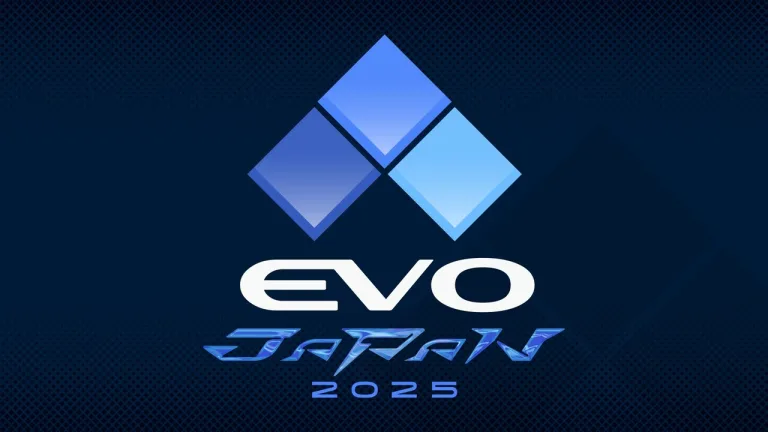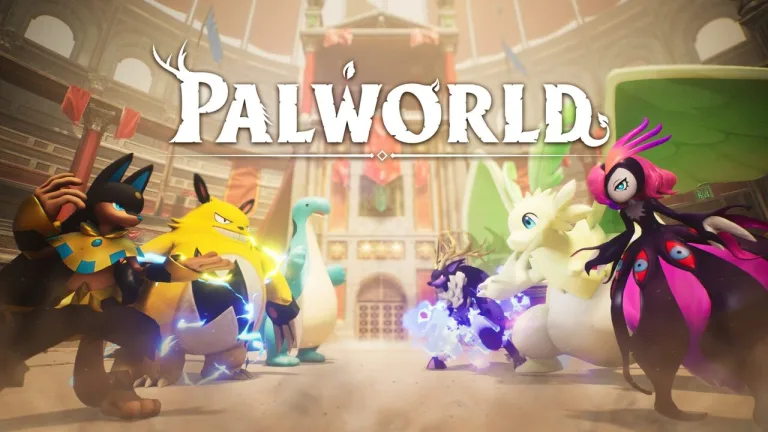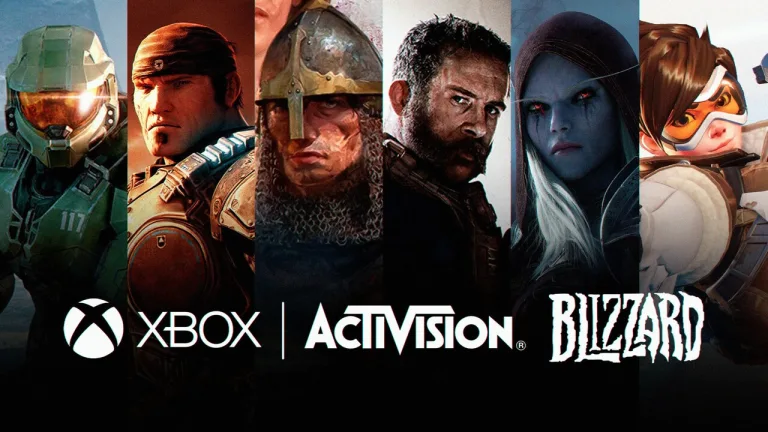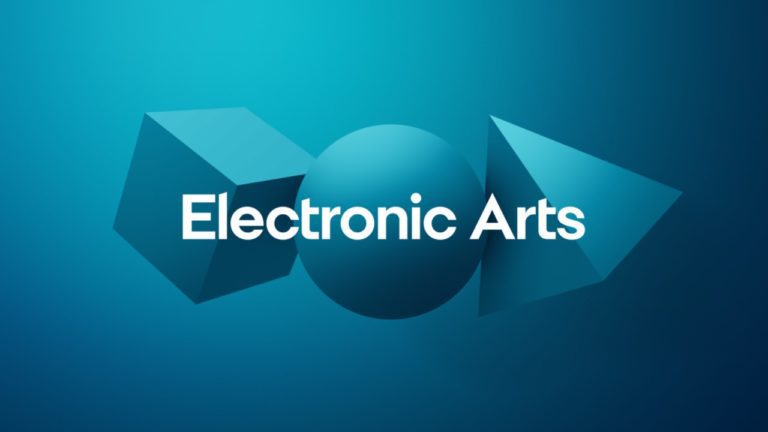The Warhammer 40K: Space Marine 2 community has just received a game-changing update—official mod support is now...
Video Games
EVO Japan 2025 has wrapped up, leaving the fighting game community buzzing with excitement—and, in some cases,...
Fighting game fans were in for a surprise at EVO Japan 2025, as SEGA officially announced the...
EVO Japan 2025 has wrapped up, leaving behind a trail of intense battles, shocking upsets, and exciting...
Nintendo has recently updated its End User License Agreement (EULA), and the gaming community is buzzing with...
The skateboarding world just got a major dose of nostalgia with the announcement that Bam Margera is...
Palworld, the monster-collecting survival game that took the gaming world by storm, is undergoing yet another transformation....
After nearly two years of legal battles, regulatory hurdles, and intense scrutiny, Microsoft has emerged victorious in...
Bungie has unveiled a thrilling new chapter for Destiny 2, introducing the Fate Saga, a multi-year storyline...
Electronic Arts (EA) has just released its Q4 and FY25 earnings report, and the numbers paint a...











